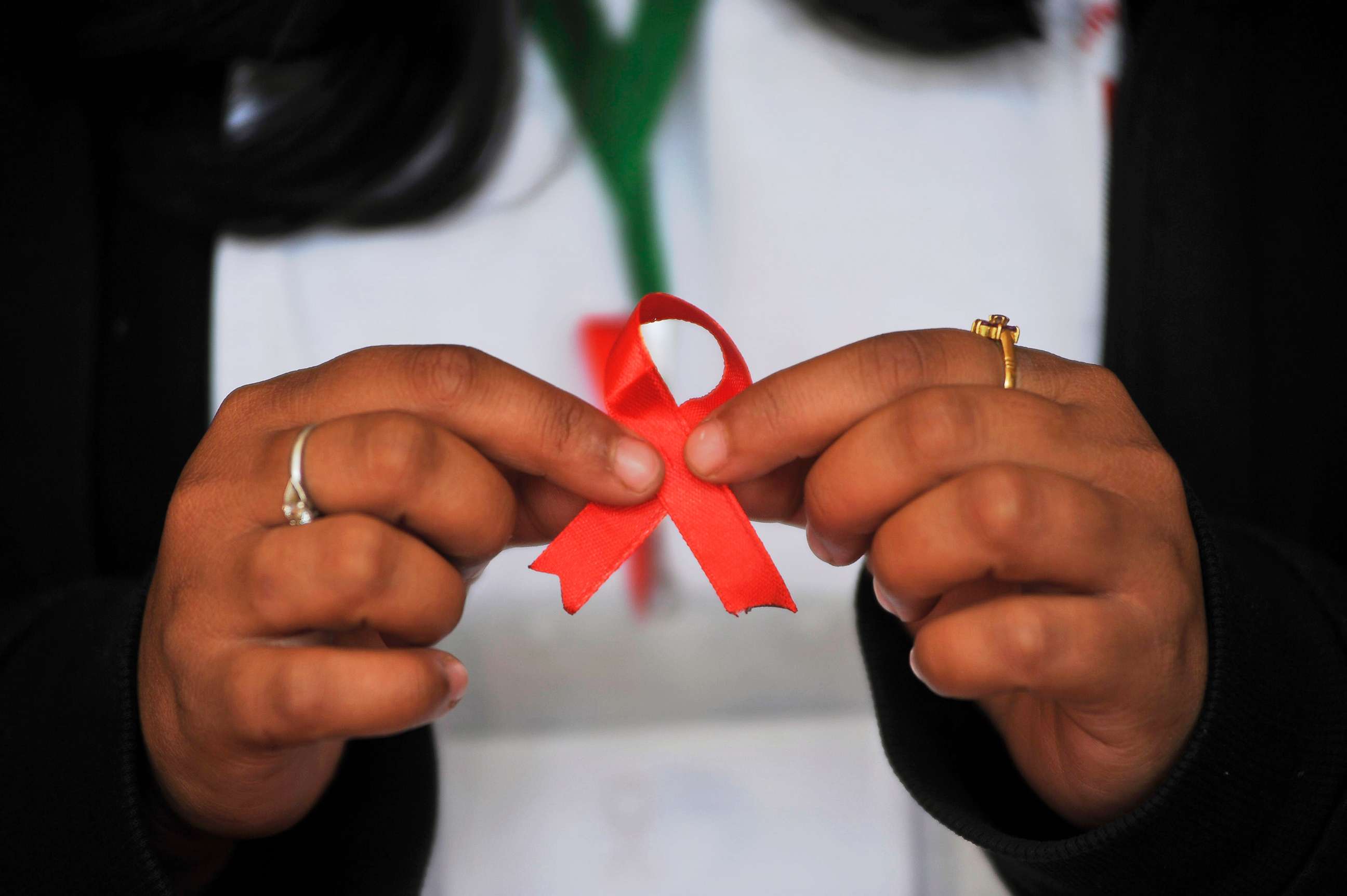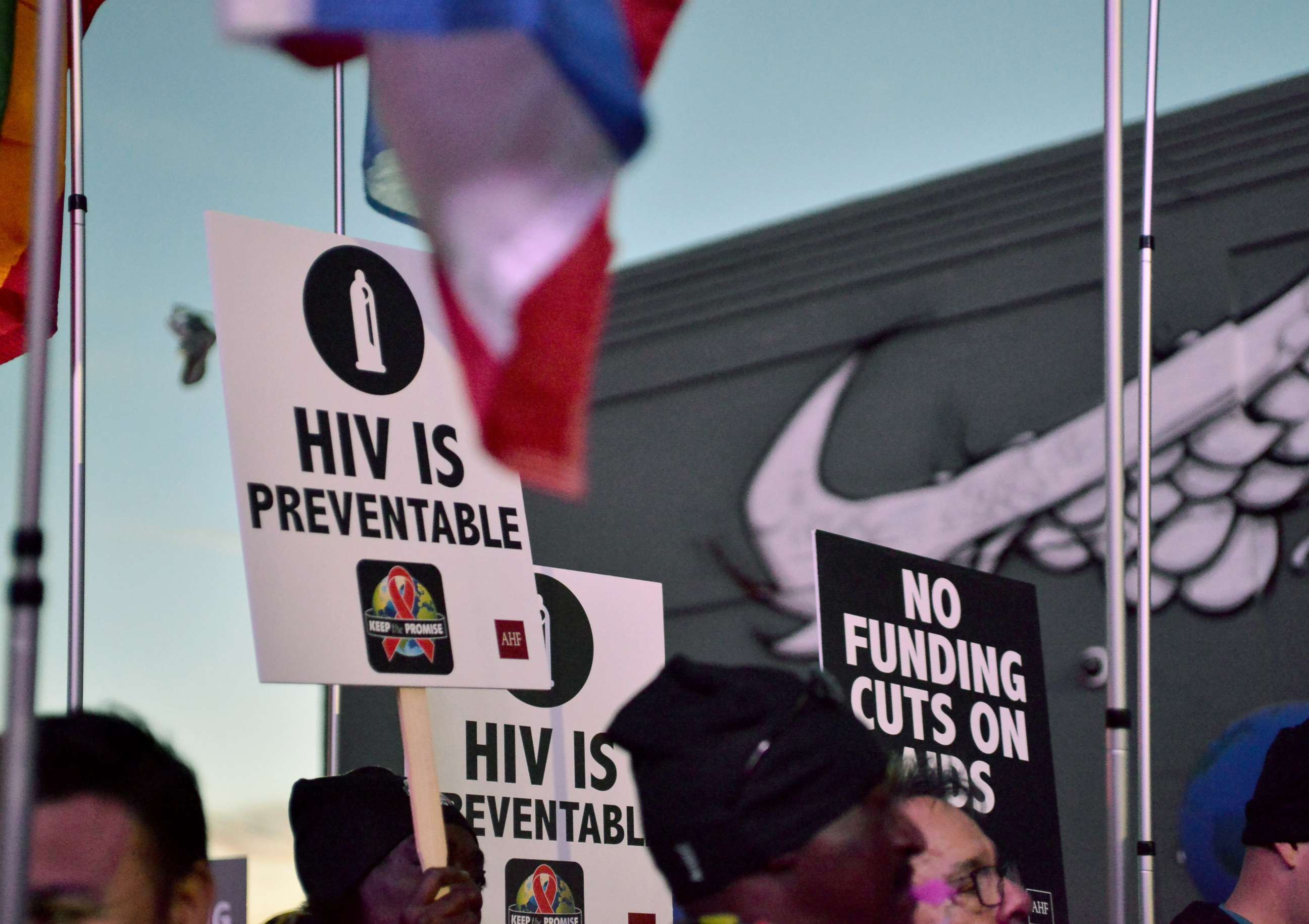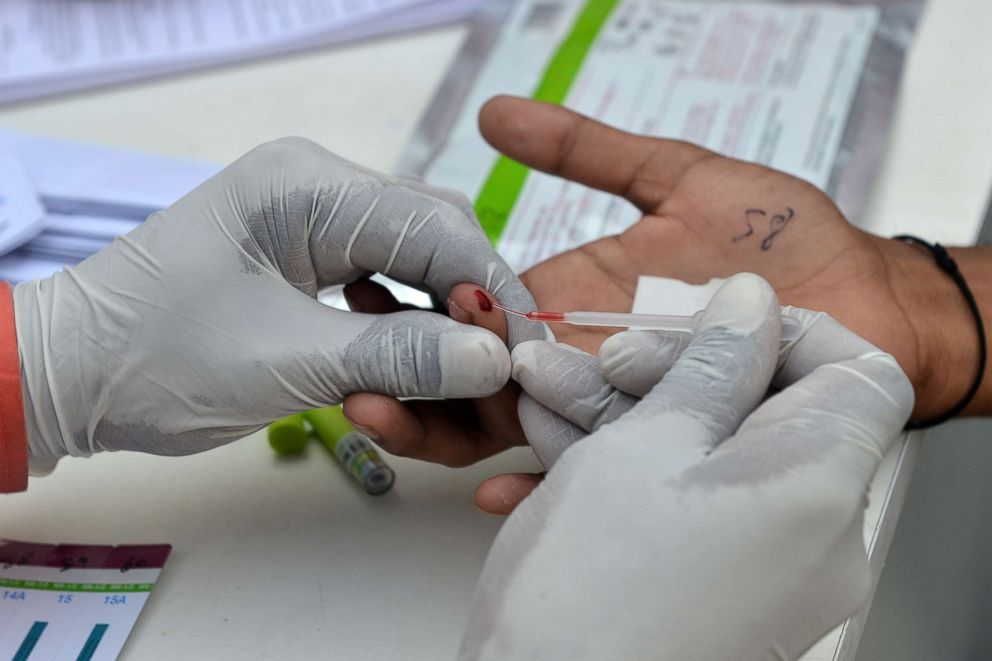World AIDS Day 2018: How far we've come and how far we still have to go
Having HIV/AIDS is no longer a death sentence, but there's still more to do.
Since the AIDS epidemic of the 1980s, more than 70 million people worldwide have been afflicted with HIV/AIDS and about 35 million people have died. During the early days, thousands of people had mere months to live after they were diagnosed.
“With no effective treatment available in the 1980s, there was little hope for those diagnosed with HIV, [They were] facing debilitating illness and certain death within years,” said Dr. Gottfried Hirnschall in an article for the World Health Organization. Hirnschall is director of the HIV/AIDS Department and Global Hepatitis Programme at WHO.
Over the past 30 years, however, there have been significant advances in how we treat HIV/AIDS. We now have easily accessible testing, treatment and prevention options, including pre-exposure prophylaxis (PrEP) and various services that reach vulnerable communities.
But there’s still work to be done. In 2017 alone, an estimated 940,000 people worldwide died from HIV-related causes. About 37 million people worldwide have HIV, with 1.1 million of them being in the U.S. More concerning is that 162,500 Americans don’t know they have it, putting others at risk.
The 30th anniversary of World AIDS Day is on Dec. 1. It’s a day to raise awareness about HIV and the danger of AIDS. So here are some things you should know about HIV/AIDS.

What is HIV and AIDS?
HIV is a virus that attacks the body’s immune system, specifically CD4 cells, which are a kind of T cell. They help the immune system fight off infections. When it’s untreated, HIV decreases the number of CD4 cells in the body, making the person vulnerable to other infections or infection-related cancers. Over time, HIV can destroy so many of these cells that the body can’t fight off infections and disease, and that can lead to severe illness or even death.
HIV can also progress into acquired immunodeficiency virus (AIDS) when it isn’t treated. People with AIDS have such badly damaged immune systems that they become susceptible to opportunistic infections — infections that people with normally functioning immune systems don’t get. AIDS is diagnosed either when the patient develops opportunistic infections or when their CD4 cell count hits 200 cells per microliter of blood or less. Without treatment someone with AIDS may survive for about three years.
How do you get HIV?
HIV is a virus that’s spread through certain body fluids, specifically blood, semen, pre-seminal fluid, rectal fluids, vaginal fluids, and breast milk. A person who has HIV can transmit the virus to another person when these fluids make contact with another person’s mucous membranes — in the rectum, vagina, penis or mouth — during anal, vaginal or oral sex. It can also be transmitted through damaged tissue or by sharing contaminated needles when using drugs. Moms can also transmit the virus to their babies during pregnancy, birth or breastfeeding.
HIV is not transmitted by air, water, saliva, sweat, tears, closed-mouth kissing or by sharing toilets, food or drinks.

How can you protect yourself from getting HIV?
Use condoms correctly every time you have anal, vaginal or oral sex, and limit the number of sexual partners you have.
You and your partner should also get tested before having sex, if possible. The CDC recommends that everyone ages 13 to 64 get tested for HIV at least once for a screening. But certain groups of people with specific risk factors should get tested at least once per year, including any men who have sex with men — the group most affected by HIV in the U.S. Talk to your doctor about how often you should get tested.
And finally, don’t use injection drugs. If you do, don’t share needles.
What are the stages of HIV?
There are three stages that people with HIV go through:
Stage 1: Acute HIV infection. A flu-like illness may develop within two to four weeks of infection and last for several weeks. This is the body’s response to the infection. It’s also when HIV reproduces rapidly inside the body, making the person very contagious.
Stage 2: Clinical latency. A period of dormancy, HIV is still active during this stage but it reproduces at very low levels. People with HIV may not have symptoms or get sick during this time. With treatment (which we’ll get into soon), people may stay in this stage for several decades. At the end of this stage, the amount of the virus in the body starts to go up and the immune system begins to weaken.
Stage 3: AIDS. The body’s immune system is significantly weakened, making the patient susceptible to opportunistic infections.

How do you know if you have HIV?
The only way to know if you have HIV is to get tested. While many people won’t feel anything, others might develop symptoms, such as fever, chills, rash, muscle aches, sore throat or mouth ulcers, within two to four weeks.
It’s important to remember that even if you have these symptoms, it doesn’t mean you have HIV — each of these symptoms can be caused by other illnesses. But, if you have been potentially exposed to HIV, it is critical to see a doctor and tell them about your risk so you can get proper testing and treatment.
HIV tests are very accurate, but no test can detect the virus immediately after infection — how soon a test can detect the virus depends on different factors, including the type of test used. The more expensive tests, which aren’t routinely used, look for the actual virus in the blood. More common tests look for HIV antigens (substances that activate the immune system) or antibodies (proteins your body makes to combat HIV) and quickly offer results. Oftentimes you will need follow-up testing after these initial results to be sure the diagnosis is correct.
Is there a cure for HIV?
There is no effective cure for HIV but with a combination of medications, known as antiretroviral therapy (ART), patients can control it.
Introduced in the mid-90s, ART helps to decrease the amount of HIV in the blood, known as a viral load, and it can make the virus undetectable if used correctly. People undergoing ART can live long, healthy lives, and have almost no risk of transmitting the virus.
Pre-exposure prophylaxis is a more recent advance in HIV treatment. It’s meant to be taken by people who face a higher risk of contracting HIV. If taken properly, PrEP can reduce the risk of getting HIV from sex by 90 percent, and from injecting needles by 70 percent. If you’re at higher risk of getting HIV, talk to your doctor about PrEP.
If you ever think you’ve been exposed to HIV, post-exposure prophylaxis (PEP) can help you avoid contracting the infection up to three days after exposure. Talk to a doctor right away if this is the case. Also, if you think you have HIV, get tested to determine if you might have other STDs, such as syphilis, herpes, gonorrhea or chlamydia.

If you are living with HIV, there are ways to keep yourself healthy and protect others:
-- Find HIV care and take ART as prescribed
-- Get tested and treated for other STDs
-- Tell your sex or drug-using partner(s) that you are living with HIV, and use condoms correctly every time you have sex.
-- Talk to your partner(s) about PrEP.
-- If you are pregnant, talk to your doctor about how to prevent passing the infection to your newborn.
The CDC estimates the average annual cost of treating HIV/AIDS in 2010 was $23,000. In the same year, the estimated lifetime costs of treating HIV/AIDS were $379,668.
There are several resources available for people who need to pay for treatment, including private and federal options. Check here for more information.
Dr. Johanna Kreafle is an emergency medicine physician at the Carolinas Medical Center in Charlotte, North Carolina, and a member of the ABC News Medical Unit.




